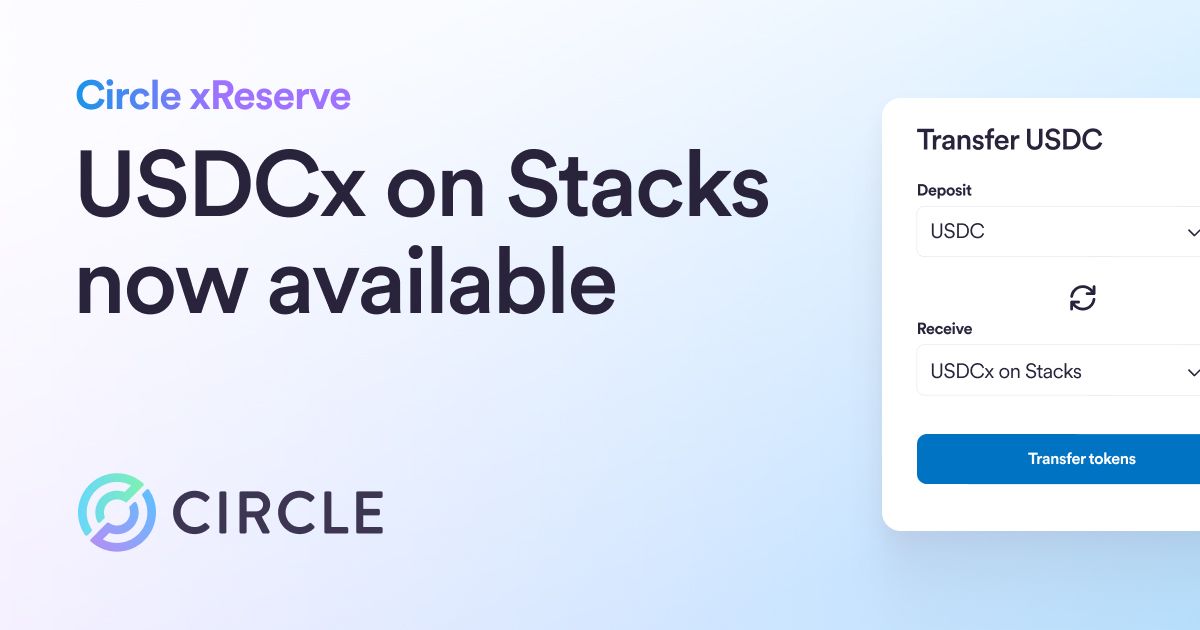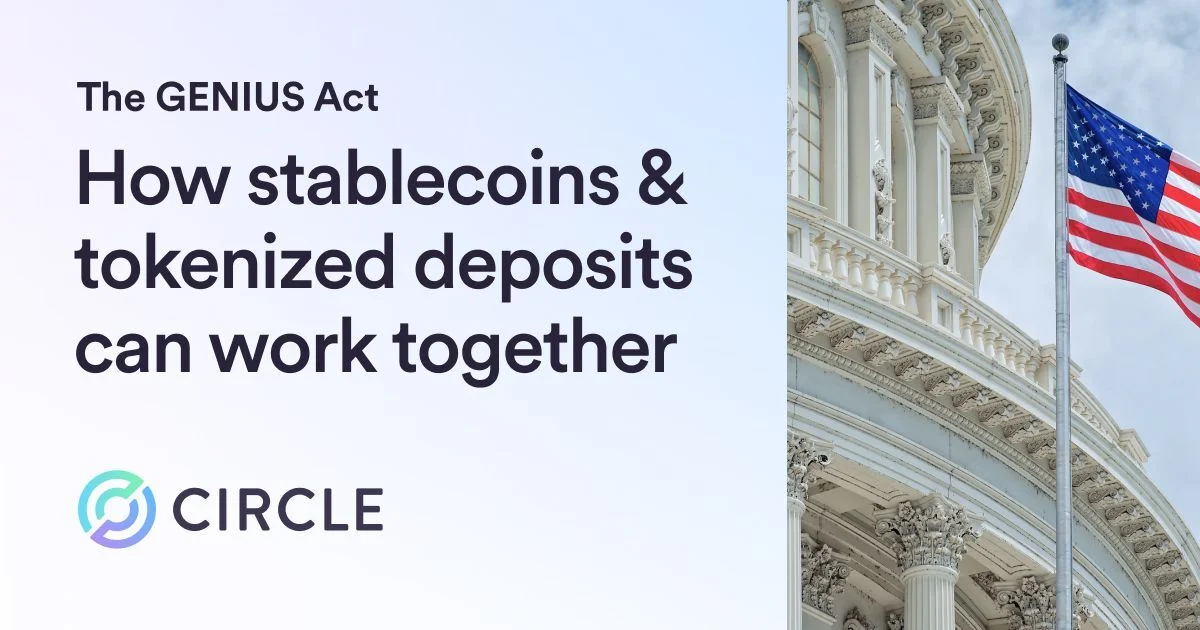Discover how blockchain and stablecoins can help NGOs revolutionize humanitarian aid delivery by increasing transparency, speed, and cost-effectiveness.

Delivering humanitarian aid, especially in regions affected by natural disasters or conflict, is not an easy task. Traditional aid delivery methods face numerous challenges, including logistical issues, bureaucratic red tape, and intermediaries, which can slow down the distribution of resources to those in need. Blockchain technology and stablecoins, such as USDC, have the potential to address these challenges and improve the humanitarian aid distribution process.
We explore how innovative technologies, such as blockchain and stablecoins, can improve the aid distribution process, making it more transparent, faster, and cost-effective.
Delivering Humanitarian Aid to Those in Need
The efficiency of humanitarian aid efforts often suffers from multiple challenges. Traditional aid delivery methods can involve complex logistics, layers of bureaucracy, and various intermediaries, which can slow the distribution of resources. Some situations are extremely time-sensitive, which is why it’s imperative to streamline the aid distribution process.
In the aftermath of natural disasters, infrastructural damage and communication disruptions can severely constrain the ability of relief organizations to reach and assist those in dire need.In conflict zones, such as Ukraine today, access to affected communities may be obstructed by ongoing hostilities, exposing aid workers and recipients to considerable risk.
Conventional financial systems and NGO payment gateways that underpin aid disbursement can be cumbersome and costly to operate, especially in remote or volatile regions. Very often, corruption, fraud, and mismanagement also plague the traditional aid delivery process, siphoning off resources intended for the most vulnerable.
In this context, dollar digital assets can play a key role in improving the aid delivery process by reducing intermediaries, providing transparency, increasing speed, and cutting costs. USDC facilitates the rapid and reliable transfer of funds to those in need, circumventing the pitfalls associated with traditional aid delivery mechanisms.
Example of Flow of Funds:

The Benefits of Using Digital Payments for Humanitarian Aid Delivery
Blockchain-based humanitarian aid payment solutions offer several advantages for aid delivery. Some of the benefits are:
- Transparency – Blockchain enables the creation of a transparent and tamper-proof record of transactions. This enables donors and aid organizations to monitor the flow of funds from the source to the recipient, so that resources reach their intended targets without being misused or diverted.
- Convenient reach in less accessible regions – Digital payments can be sent and received in most places where there's internet access, bypassing the limitations of the traditional banking infrastructure. This is particularly valuable in remote areas or regions with underdeveloped financial systems, allowing aid organizations to extend their reach and provide support to those in need more effectively. This benefit can be more evident in regions affected by natural disasters or in conflict zones.
- Prevention of corruption – By reducing the number of intermediaries and enabling end-to-end traceability of funds, blockchain-based payments can help combat corruption and fraud in aid distribution. The transparent nature of blockchain transactions makes it more difficult for bad actors to manipulate the system for personal gain.
- Higher speed – Digital payments on blockchain networks can be processed within minutes or even seconds, significantly reducing the time it takes for aid to reach those in need. This internet speed is crucial in emergency situations or during natural disasters when providing timely assistance matters.
- Low costs – Blockchain transactions generally incur lower fees compared to traditional banking and payment systems, allowing a larger portion of aid to be directed to recipients. This cost efficiency means that more resources are available to address the needs of affected communities.
- Financial inclusion – Digital payments can be accessed by individuals who are unbanked or underbanked, helping them to take part in the global financial system and receive aid directly. By leveraging digital wallets and smartphones, aid recipients can access funds without using a traditional bank account.
These benefits make blockchain a powerful tool for enhancing the efficiency of humanitarian aid.
Circle's Commitment to Social Responsibility
Circle is committed to social responsibility and making a positive impact on the world. The company was founded a decade ago on the principle that public blockchains could make the global economic and financial system more efficient and inclusive.
Circle's commitment to social responsibility revolves around the main objective of making financial innovation accessible to people and communities often left behind by the traditional financial system. To achieve this goal, the company launched Circle Impact in 2021. A couple focuses are:
- Financial Access - We empower a global ecosystem of developers, businesses, and projects that leverage USDC and other Circle services, largely removing the cost and friction of moving money around the world
- Driving Digital Financial Literacy – To democratize finance and provide people with the tools and information needed to engage with financial technology, Circle launched Circle U. This repository of financial technology knowledge covers topics such as the evolution of money, digital assets, and blockchain technology. Circle has partnered with four Historically Black Colleges and Universities (HBCUs) and one Hispanic Serving Institution (HSI) to share its curriculum with students, educating the next generation of leaders. Successful students become eligible for pipeline opportunities with Circle. Collaborations with institutions like Bowie State University and Rhodes Business School in South Africa further emphasize Circle's focus on digital financial literacy.
- Powering Humanitarian Aid, Disaster Relief, and Charitable Giving – Circle Impact facilitates aid, development, and humanitarian interventions by using USDC to mobilize faster, corruption-resistant payments. Through public-private partnerships, organizations can better track payments and ensure they reach intended recipients.
Circle demonstrates its commitment to social responsibility and seeks to create a lasting, positive impact on communities worldwide.
Conclusion
Blockchain technology and stablecoins like USDC have the potential to revolutionize the way aid is delivered to those in need. By offering transparency, speed, convenience, and security, these digital innovations can help overcome the challenges associated with traditional aid delivery methods.
Circle has been working alongside humanitarian organizations to demonstrate the power of blockchain, which can improve the lives of vulnerable individuals and communities. As we continue to explore the potential of blockchain and stablecoins, we can work towards a future where humanitarian aid is delivered more efficiently and equitably.
Click here to learn more about how Circle helps organizations deliver aid at internet speed.





